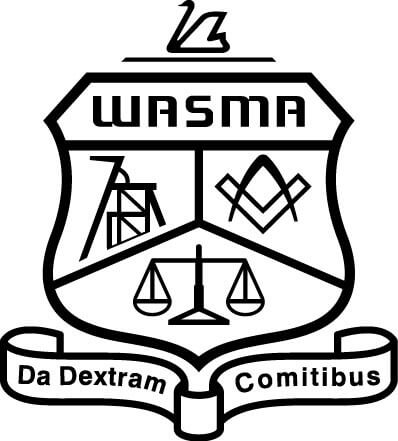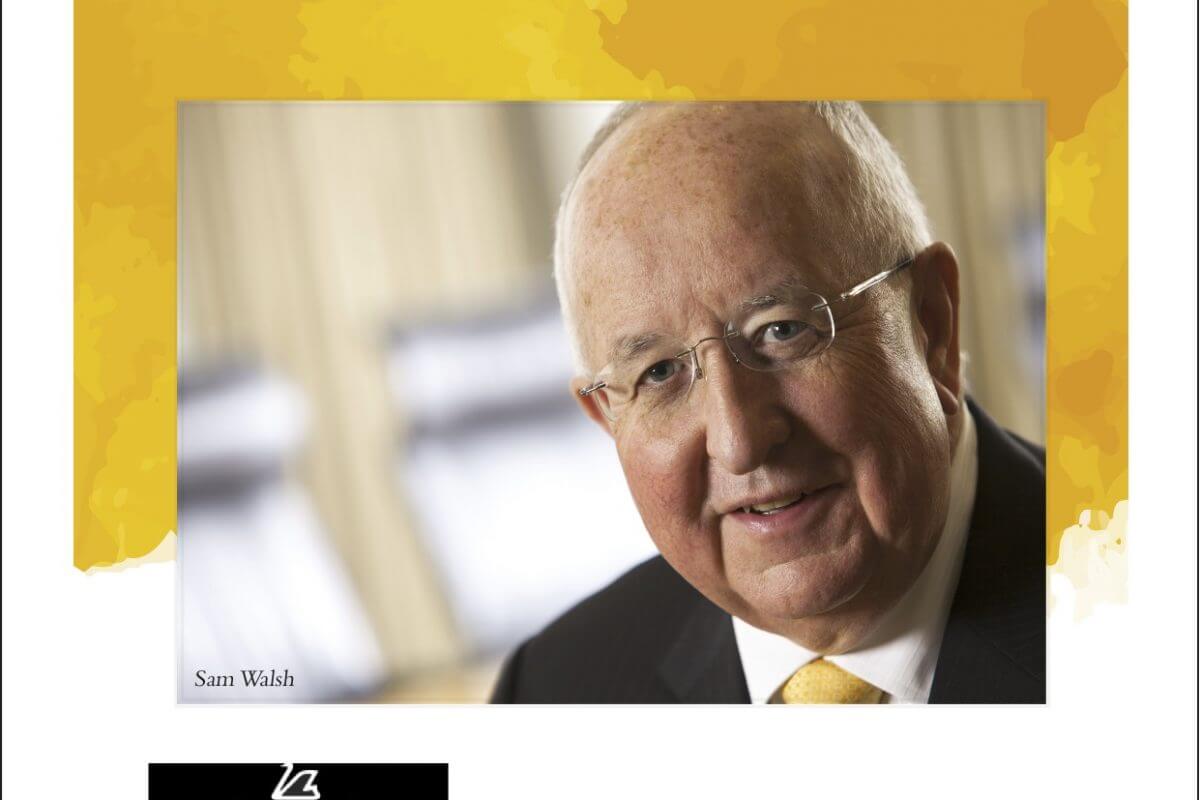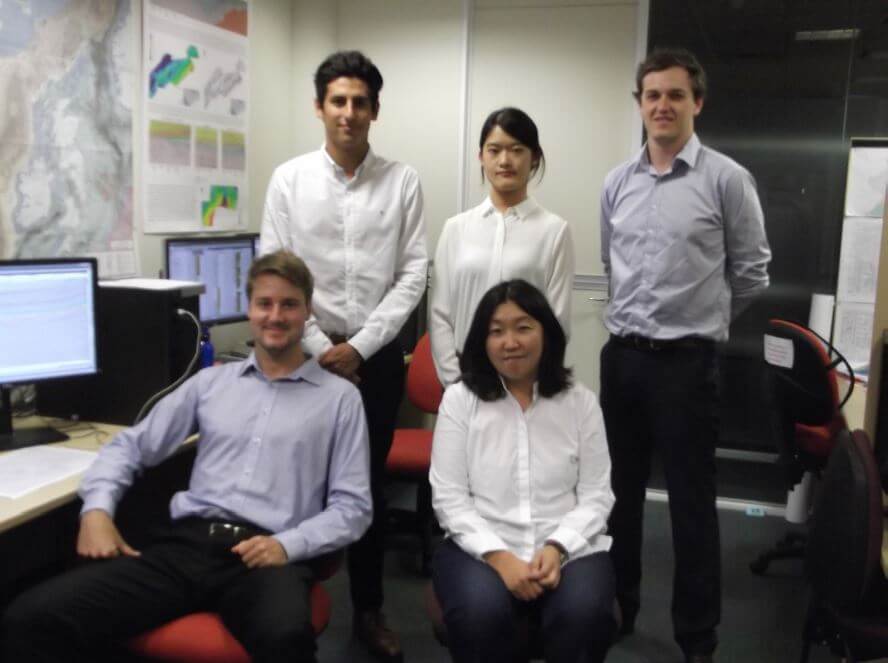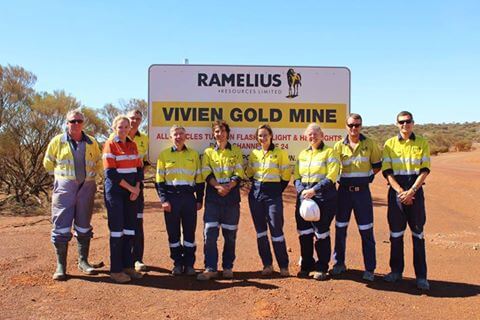Our esteemed patron Mr David Flanagan, WASM Graduate, Chancellor of Murdoch University and non-executive director of Northern Star Resources, has been appointed as the Executive Chairman of Battery Minerals, effective on April 24th. David and his team are set to take the company from the explorer level to developer, a role perfectly suited to the former Atlas Iron Managing Director who relishes a challenge.
Battery Minerals
Battery Minerals Limited successfully listed on the ASX in October 2012 (originally known as Metals of Africa).
Within a two-year period, the company has made a greenfields graphite discovery at Montepuez, proved up Joint Ore Reserves Committee (JORC) compliant Mineral Resources and Ore Reserves, and delivered a Definitive Feasibility Study which outlines a highly economic operation.
While developing its Montepuez project the company has also simultaneously produced a Pre-Feasibility Study for its spherical graphite processing facility, which according to the study will add an additional $ $377.1 million to the total net project value (NPV).
The spherical graphite processing facility is already producing test batches and the company is now looking to secure offtake partners to deliver long-term supply of anode material.




